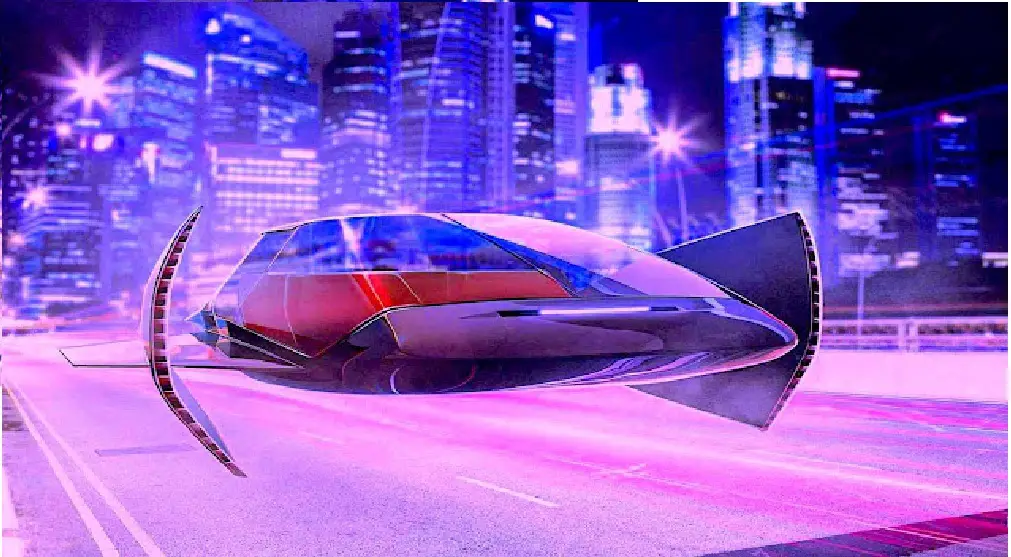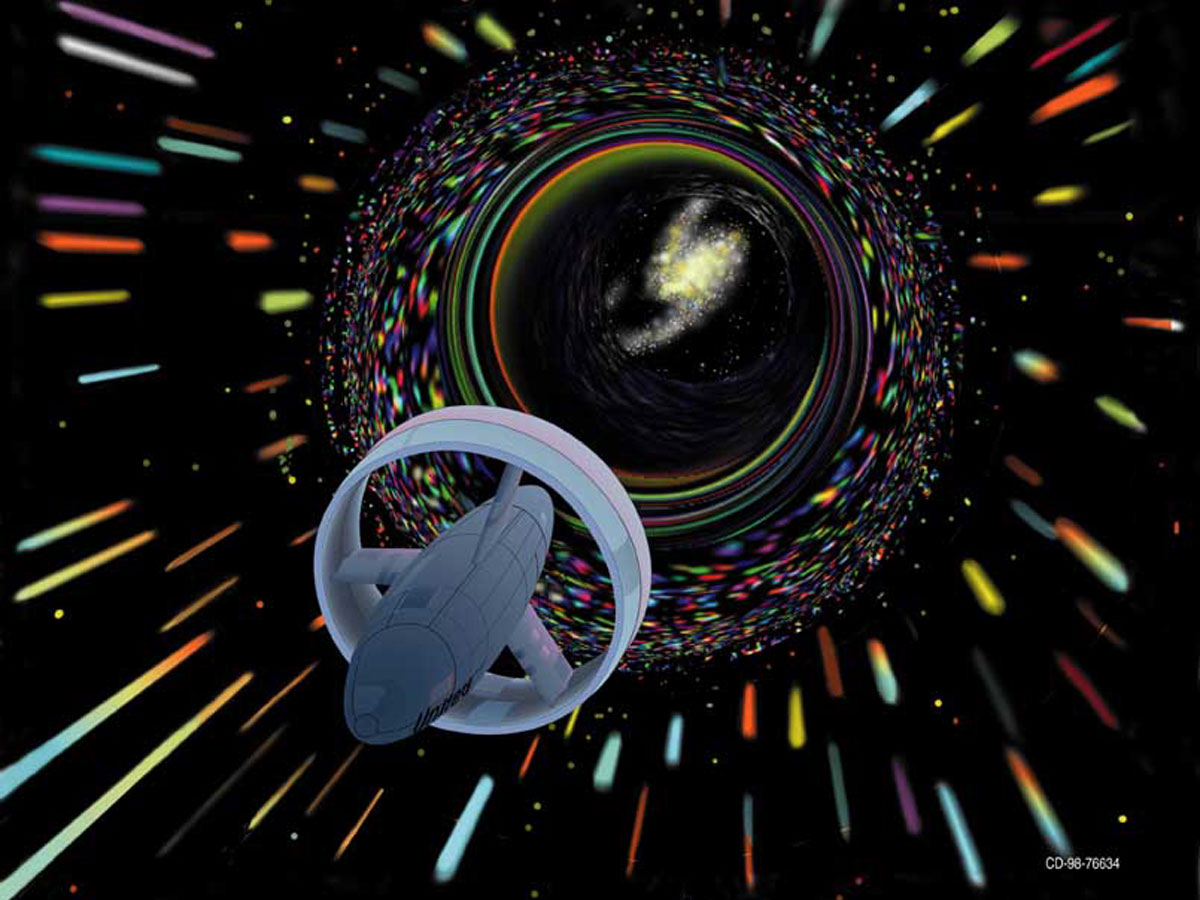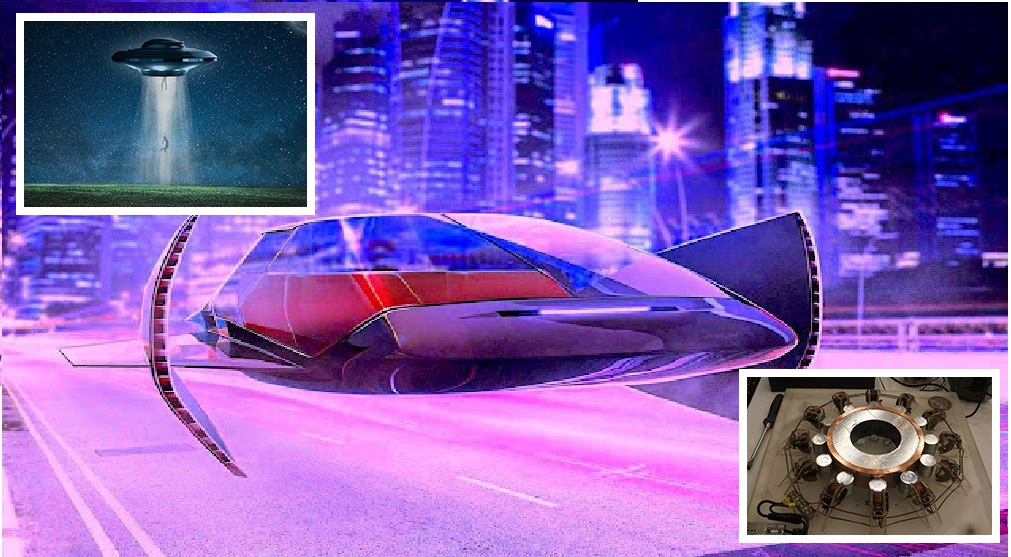Antigravity is the concept of a technology that, when applied to an item or a place, allows it to “cancel” gravity rather than compensate for it, as in the case of an aircraft.
Since November 2020, a group of experts from NASA, DARPA, MIT, and the Air Force has met on Zoom on a monthly basis to explore future propulsion technology, including the possible “antigravity.” Given that this technology now exists only in science fiction or in the thoughts of a few dreamer thinkers, this is a remarkable occurrence.
The Alternative Propulsion Engineering Conference (APEC) was founded to allow experts to explore forbidden (and even crazy) concepts that go beyond the boundaries of current contemporary science.
Since then, 22 sessions have taken place, according to information acquired by The Debrief, during which experts have discussed issues ranging from non-Newtonian propulsion (Em Drive) to the detection of unusual aerial occurrences (UAPs). In other words, this is the “Woodstock of gravity manipulation research,” according to Ron Kita, creator of Chiralex, a business that creates “gravity shielding” materials.
Engineers’ recreational course or a serious scientific conference?
At The Debrief, Tim Ventura, moderator and conference organizer, remarked, “The alternative propulsion community is tremendously cross-sectoral, and we are wedged between the cultures of aerospace, military, electrical engineering, physics, UFOs, and advanced science.”
“Despite the fact that these many groups do not always agree on some themes, people from all of these cultures attend the conference and give presentations. He went on to say, “We have managed to prevent disputes.” Reading these statements, it is clear that the conference’s primary purpose is to facilitate the sharing of ideas and personal work on one or more of the technologies being addressed.
However, according to The Debrief, 16 of the 71 attendees in the November event were current or former NASA scientists and engineers, while 14 others were linked with prestigious universities such as MIT and Harvard University. It is thus highly conceivable that bright and practical ideas might be found among these fringe thinkers.
The desire to resist gravity
As one would assume, this setting has resulted in the formation of a type of “virtual club” where highly trained physicists and engineers may discuss their ideas and experiences with antigravity without fear of scientific rejection. “Originally, it was going to be dubbed the ‘Antigravity Conference,'” recalls Mark Sokol, APEC’s creator, “but we decided antigravity had a too bad connotation.”

The development of antigravity technology is contingent on a complete understanding and description of gravity, as well as its connections with other physical theories like general relativity and quantum physics.
Physicists have yet to create a quantum theory of gravity in the year 2021. The graviton, a quantum gravity particle, has been proposed by theoretical quantum physicists. Superstring theory, loop quantum gravity, E8 theory, and asymptotic security theory, among others, have all been proposed as theoretical explanations for quantum gravity.
Mark Sokol is also the creator of the New Jersey-based Falcon Space (United States). He had pioneered the construction of a “gravitational distortion detector” (the “Warp Drive Detector”) and the world’s first “antigravity aircraft” with his firm.
“Jeremiah Popp [also working with Falcon Space] and I created the Warp Drive Detector,” Sokol said. “The goal is to check whether anything alters the speed of light near an experiment and see if a distortion field is formed.” As a result, the hypothetical gadget might aid the Falcon Space team’s gravity investigations.
Sokol and his colleague Jeremiah Popp’s meticulous review of the scientific literature led them to a series of previously reported antigravity experiments by Frederick Alzofon, the guy who first proposed the concept in 1981 while working for Boeing, and then purportedly tested it in the 1990s.
Sokol is certain that Alzofon was on to something, at the very least, that he could test in his lab. They then put their own versions of Alzofon’s antigravity experiment to the test using Popp. They claim to have obtained encouraging results in a video broadcast on YouTube. “One trial revealed a 17.8% weight reduction, but owing to ‘background noise,’ it was within the range of error for this sort of experiment.”
Sokol said he hopes to enhance the equipment, including a newly bought magnetic resonance generator that “looks like an MRI machine” and whose retail price may approach $ 60,000, in order to improve on this dubious but promising initial attempt. He expects to be able to replicate his studies with results “two to three times” better than the background noise thanks to this newer and more powerful generator.
According to Sokol, in an experiment done by Alzofon, a sample would have lost 80% of its weight in one second. Other experts, however, were not convinced, and one engineer, in particular, David Prutchi, pointed out that the trials were defective and that Alzofon’s findings were “invalid.”
Prutchi said in the publication, “Any physicist or engineer would quickly comprehend that the experimental data demonstrates absolutely no influence on the gravitational force experienced by the sample.” “I applaud David Alzofon’s (Frederick Alzofon’s) honesty in presenting the AF2004 graph since it not only invalidates the stated experimental proof of the effect, but it also gives negative evidence against it,” he said.
More recently, the Göde Scientific Foundation’s Gravity Research Institute sought to recreate tests that were thought to produce an antigravity effect.

All efforts to detect anti-gravity phenomena, however, have failed. A one-million-euro prize was given by the foundation for a repeatable anti-gravity experiment. Professor Hayakawa’s team at the Tohoku University of Technology in Japan discovered an unexpected decrease in the weight of a gyroscopically spinning mass to the right of the Earth’s vertical axis in 1989.
The results of this research were published in the journal Physical Review Letters. The studies concluded that “left rotations do not induce any weight change.”
To summarise, gravity remains undefeated for the time being, despite clear attempts among the scientific community. But, who knows, maybe that will alter in the future as we get a greater knowledge of what gravity is and what it entails. New quantum physics ideas and experiments will definitely give answers. And it is a good thing that competent scholars from various backgrounds debate it freely and on a regular basis.
UFOs are a frequent topic
The topic of UFOs (sometimes known as PANs) generated quite a stir during the November meeting. This year, the subject saw a huge rebirth in mainstream culture, with military pilots publicly discussing strange encounters and the Pentagon hyping the publication of a long-awaited study on the subject, which was ultimately issued in June.
“Everyone was aware of UFOs in the past, but they were not particularly significant since they were not well understood,” Ventura told The Debrief, adding that scientists are taking the matter more seriously than ever.

